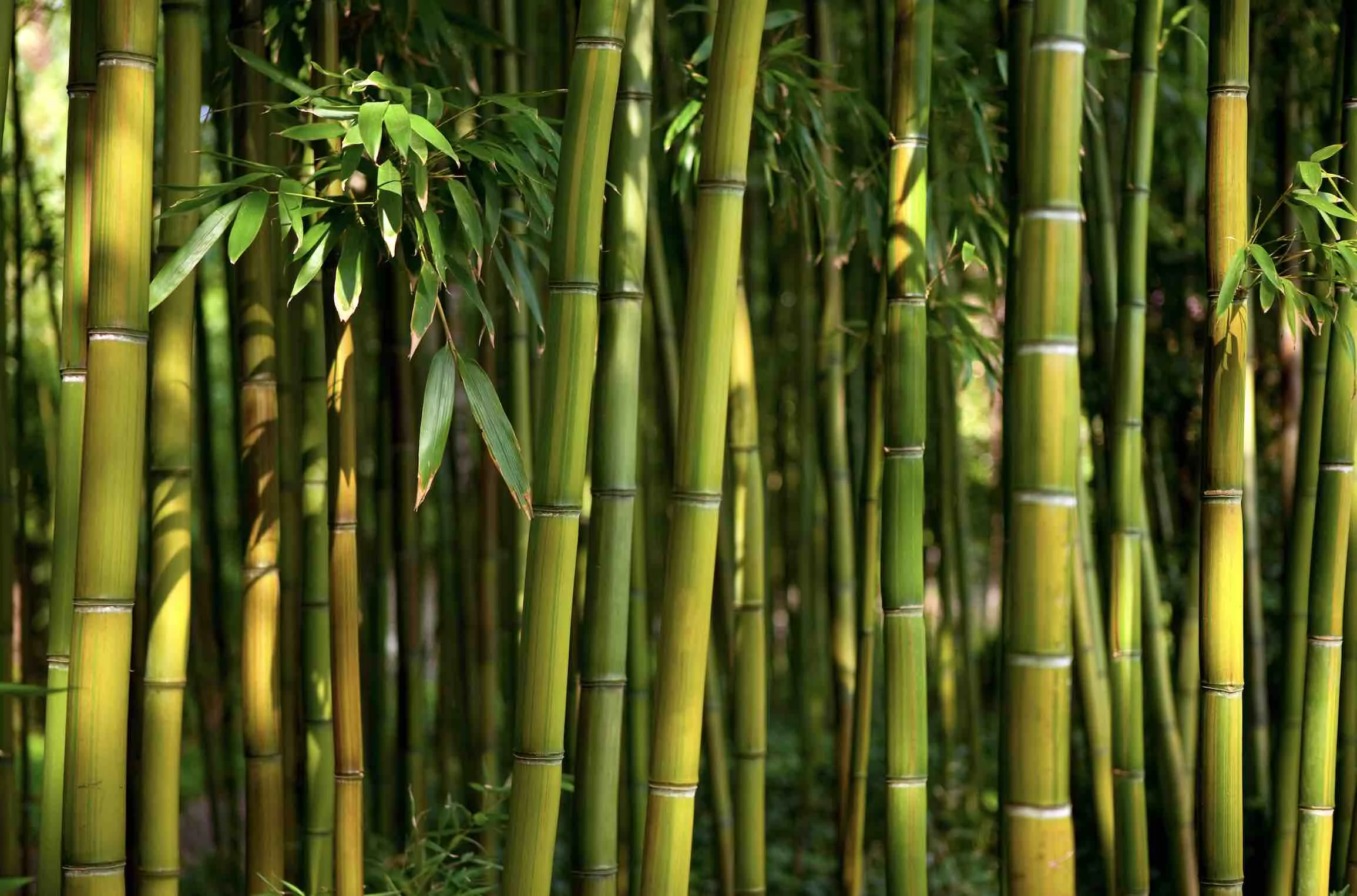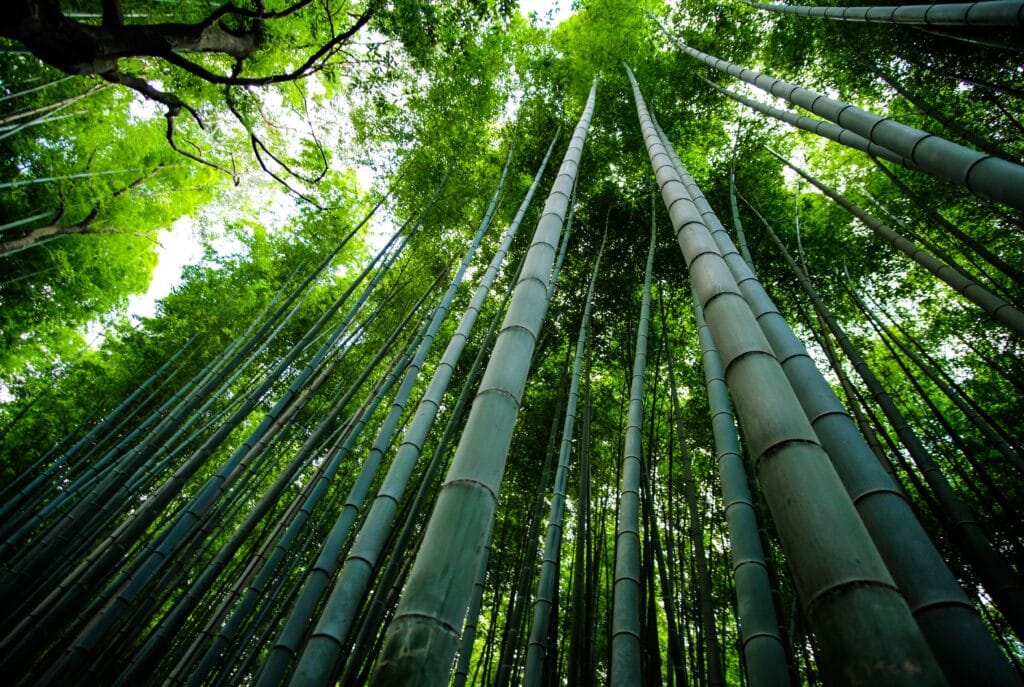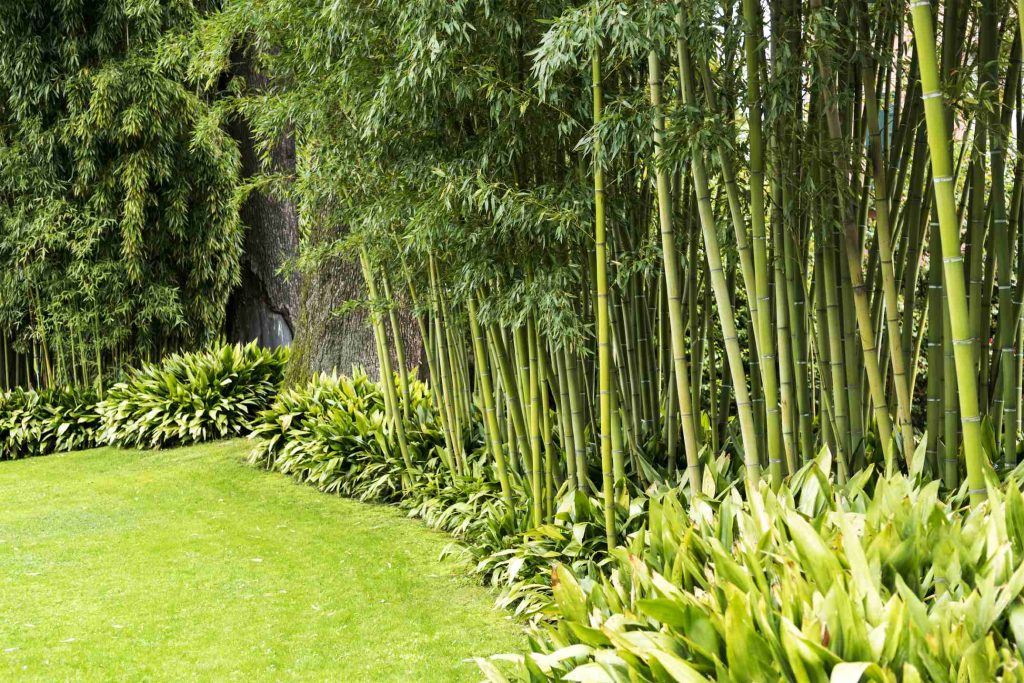Bbambou has been hailed as the poster child for sustainable living, gracing everything from our floors to our wardrobes. Its rapid growth and renewable nature have captured the hearts of eco-warriors worldwide.
But is this green giant as environmentally friendly as we’ve been led to believe? Let’s peel back the layers and discover the uncomfortable truths lurking beneath Bambou eco-friendly facade.
One of the coolest features on Mypricezone is the daily deals. Every day, new discounts are available. Imagine waking up to fresh deals on your favorite products. You can save money on everything from electronics to clothing. Check the daily deals regularly. You never know what you might find. It’s like a daily surprise that can save you big bucks
The Bambou Breakdown: 7 Startling Revelations
1. The Chemical Cocktail Behind Bamboo Fabric

You might want to sit down for this one. That soft, luxurious Bambou shirt you’re wearing? It’s hiding a dirty secret. The process of turning bamboo into fabric often involves a chemical bath that would make even the toughest environmentalist wince.
Sodium hydroxide and carbon disulfide, anyone? These harsh chemicals not only pose risks to workers but also contribute to water pollution. Shockingly, the Federal Trade Commission has cracked down on companies labeling their products as “bamboo,” requiring them to use the term “rayon” instead.
Related: Bam Bou: Explore the Ultimate Dining Destination
2. The Carbon Footprint Conundrum
Sure, Bambou grows like a weed, but that doesn’t automatically make it carbon-neutral. The transportation and processing of bamboo products can rack up quite the carbon tab.
For instance, if you’re buying Bambou flooring in the United States, chances are it’s traveled halfway across the world from China or Southeast Asia. That’s a lot of fossil fuels burned before it even reaches your home!
3. Biodiversity Buster: The Monoculture Menace
Here’s a plot twist: while bamboo plantations might look green, they’re often ecological deserts. Large-scale Bambou farming often leads to monocultures, replacing diverse ecosystems with a sea of sameness.
This practice can disrupt local wildlife habitats and reduce overall biodiversity. Not exactly the nature-friendly image bamboo likes to project, is it?
4. Water Woes: The Thirsty Truth
Bamboo’s water-efficient reputation might be all washed up. While some species are indeed drought-tolerant, many commercially grown bamboo are thirsty plants that require significant irrigation.
In water-stressed regions, this can put additional pressure on already strained resources. It’s time to burst the bubble on bamboo’s water-saving claims!
5. The Pesticide Paradox
“But bamboo doesn’t need pesticides!” you might protest. Well, hold onto your organic hats, folks. While it’s true that bamboo can be grown without pesticides, the increasing demand has led some producers to take shortcuts.
Pesticide use in bamboo cultivation is on the rise, especially in regions where it’s not a native plant. So much for that chemical-free dream, huh?

6. Deforestation in Disguise
Here’s a real head-scratcher: bamboo cultivation can contribute to deforestation. How’s that for irony? In some areas, natural forests are being cleared to make way for more profitable bamboo plantations.
This not only destroys existing ecosystems but also releases stored carbon into the atmosphere. Talk about one step forward, two steps back!
7. The Durability Dilemma
Lastly, let’s talk about longevity. While Bambou products are often touted as durable alternatives to traditional materials, the reality can be a bit… flimsy. Bamboo flooring, for example, can be prone to scratching and denting.
This means you might be replacing your “sustainable” flooring more frequently than you’d think, creating more waste in the process.
The Silver Lining: Making Bamboo Better
Don’t throw out your bamboo toothbrush just yet! While bamboo isn’t the perfect eco-solution we once thought, there are ways to make more sustainable choices:
1. Look for certifications:
FSC-certified bamboo ensures more responsible forest management.
2. Buy local:
Choose bamboo products made closer to home to reduce transportation emissions.
3. Opt for mechanically processed bamboo fabrics:
These use fewer chemicals than rayon-based “bamboo” textiles.
4. Support mixed-species plantations:
These promote better biodiversity than monoculture bamboo farms.
5. Consider the full lifecycle:
Choose durable bamboo products that won’t need frequent replacement.
Frequently Asked Questions
Q: Is bamboo fabric eco-friendly?
A: Not always. The process of turning bamboo into fabric often involves harmful chemicals, making it less eco-friendly than you might think.
Q: Does bamboo grow without pesticides?
A: While bamboo can grow without pesticides, increasing demand has led some producers to use them, especially in non-native regions.
Q: Is bamboo carbon-neutral?
A: Not necessarily. While bamboo absorbs CO2 as it grows, the processing and transportation of bamboo products can create a significant carbon footprint.
Q: Does bamboo cultivation help or harm biodiversity?
A: Large-scale bamboo plantations can reduce biodiversity by creating monocultures that replace diverse ecosystems.
Q: Is bamboo always a sustainable choice for flooring?
A: Not always. Consider the durability of bamboo flooring and the distance it has traveled before making your decision.
Conclusion
As we’ve seen, Bambou eco-friendly image isn’t as clear-cut as we once believed. It’s a classic case of “it’s complicated” in the world of sustainability. However, this doesn’t mean we should abandon Bambou altogether.
By being more informed consumers and demanding better practices from producers, we can help steer the bamboo industry towards truly sustainable practices.
Remember, there’s no perfect solution in the quest for eco-friendly living. The key is to stay informed, ask questions, and make choices that align with your values.
So the next time you reach for that bamboo product, take a moment to consider its full environmental impact. After all, being truly green isn’t just about the choices we make, but the thought we put into making them.

